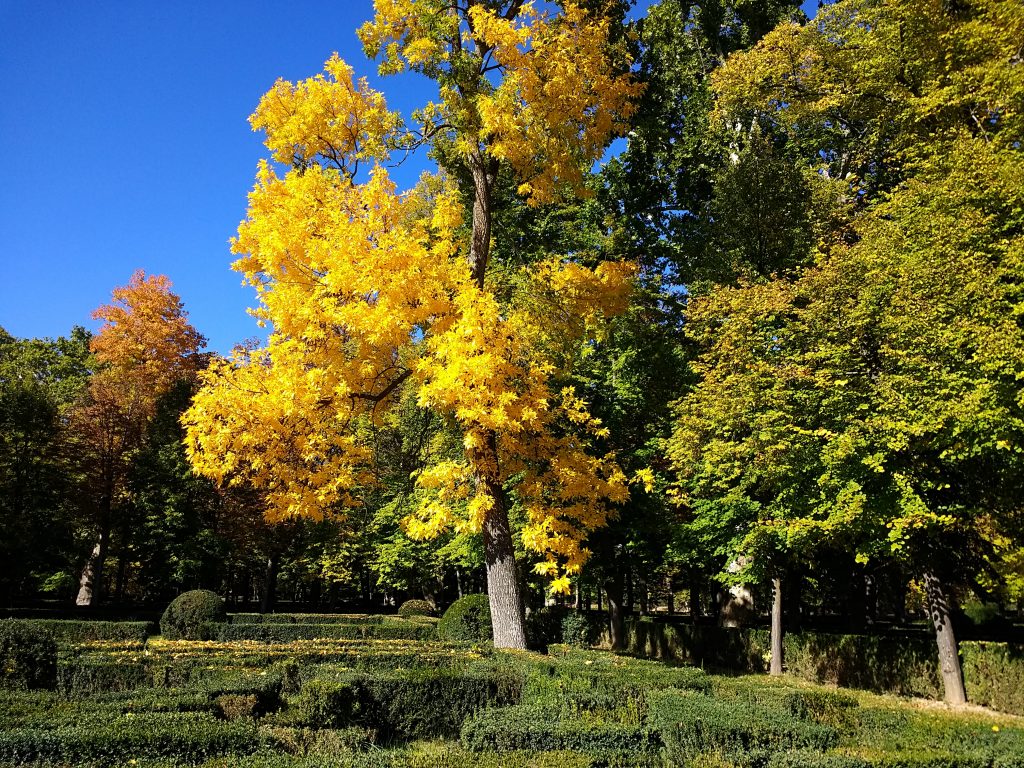The relationship between trees and crime rates is a multifaceted phenomenon that has gained attention from researchers, urban planners, and communities. While the exact mechanisms at play are complex and influenced by various factors, several theories and empirical studies suggest that the presence of trees and green spaces can have a positive impact on reducing crime rates, particularly property crimes. Here’s an explanation of the relationship:

While these theories provide valuable insights into the relationship between trees and crime rates, it’s important to note that the impact of trees on crime rates may vary based on factors such as local culture, socioeconomic conditions, and the specific design of green spaces. Additionally, the relationship between trees and crime rates may not be direct and causal but rather influenced by a combination of factors.
Nevertheless, the growing body of research suggests that investing in green infrastructure, such as tree planting and park development, can contribute to safer and more harmonious communities by promoting social cohesion, enhancing neighborhood aesthetics, and reducing stressors that might contribute to criminal behavior.
Property crime rates hold significant implications for communities, affecting both the well-being of residents and the overall social and economic dynamics. Understanding the significance of property crime rates helps shed light on the broader impact they have on communities and individuals. Here’s an explanation of the importance of property crime rates in communities:

In conclusion, property crime rates are not just numbers; they reflect the well-being, safety, and vitality of communities. Addressing and reducing property crime rates is essential for fostering thriving neighborhoods, economic growth, social cohesion, and an enhanced quality of life for all residents.
Understanding Utah’s property crime landscape involves delving into the specific context, trends, and patterns of property-related offenses within the state. This understanding is a crucial backdrop for investigating the potential influence of trees on property crime rates. Here’s an explanation of what it entails:

Property Crime Overview: Property crimes encompass a range of offenses that involve the theft, damage, or destruction of someone else’s property. This category includes burglaries, thefts, vehicle thefts, vandalism, and arson. By analyzing property crime data, researchers and law enforcement agencies can gain insights into the prevalence and nature of these offenses in Utah.
Statistical Data: Understanding Utah’s property crime landscape involves collecting and analyzing statistical data. This data provides information on the number of reported property crimes, the types of property crimes, and their distribution across different regions and neighborhoods within the state.
Trends and Patterns: Analyzing property crime data over time helps identify trends and patterns. For instance, researchers might observe whether property crime rates are increasing, decreasing, or remaining stable. They might also investigate whether certain areas experience higher rates of specific property crimes.
Crime Hotspots: Identifying crime hotspots is a significant aspect of understanding the property crime landscape. Hotspots are areas where property crimes are more concentrated. These hotspots can provide valuable insights into the factors contributing to higher crime rates, such as socioeconomic conditions, demographics, and environmental factors.
Comparative Analysis: Understanding Utah’s property crime landscape might involve comparing crime rates between different regions, cities, or neighborhoods within the state. This comparison can reveal disparities and highlight areas of concern that may require targeted interventions.
Contributing Factors: To fully understand the property crime landscape, researchers consider various contributing factors. These could include economic conditions, unemployment rates, population density, law enforcement strategies, and community engagement efforts. Each of these factors can influence the prevalence of property crimes.
Data Sources and Reporting: Researchers rely on accurate and comprehensive data sources to understand the property crime landscape. Law enforcement agencies compile and report crime data, which is then analyzed to identify patterns and trends. Understanding the accuracy and reliability of these data sources is essential for drawing meaningful conclusions.
Impact on Communities: Understanding Utah’s property crime landscape goes beyond numbers and statistics. It involves recognizing the impact of property crimes on communities and individuals. High property crime rates can affect community well-being, trust, and the quality of life for residents. It can also impact businesses, tourism, and economic development.
Policy and Prevention: A comprehensive understanding of the property crime landscape informs policy decisions and crime prevention strategies. Policymakers can use this information to allocate resources effectively, develop targeted interventions, and engage in community-based initiatives to reduce property crime rates.
In the context of investigating the potential influence of trees on property crime rates, understanding Utah’s property crime landscape provides a foundation for assessing how green spaces, such as trees, might interact with crime dynamics. It allows researchers to identify areas with high crime rates, analyze correlations, and explore potential mechanisms through which trees could impact crime prevention efforts.
If you need a tree service in Utah, you can call:
Truco Services, Inc.
4640 Commerce Drive
Murray, Utah 84107
(801) 466–8044
https://truetreeservices.com/